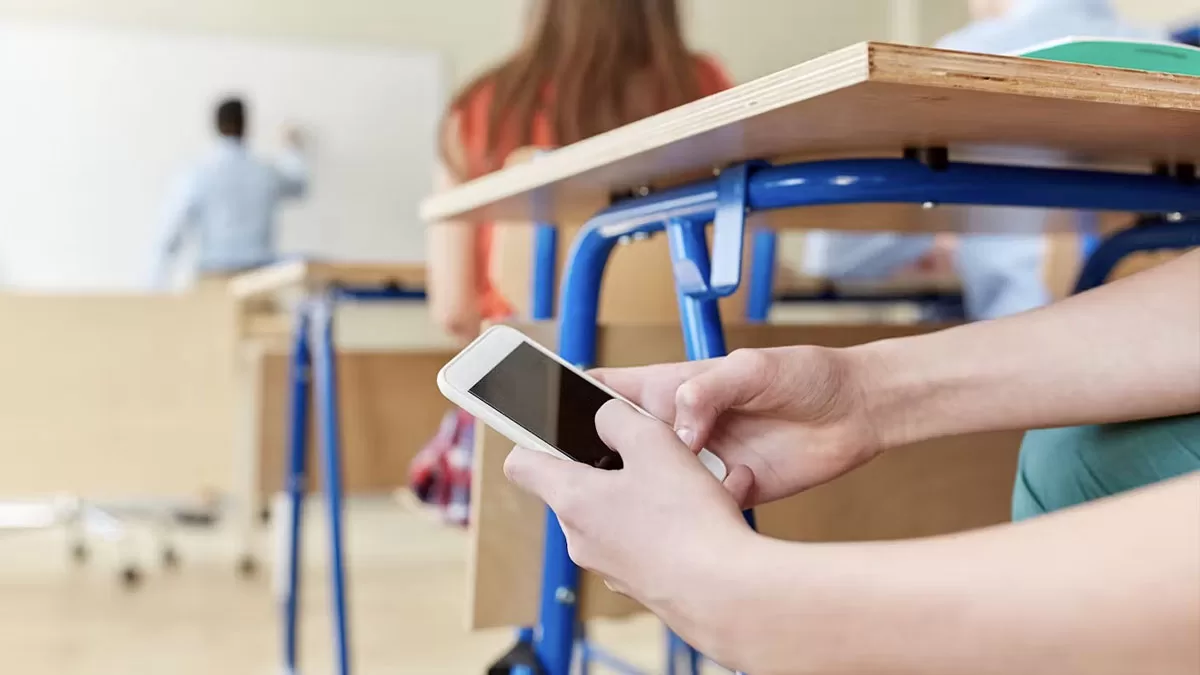Mobile
Cellphone Crackdown in Schools: A National Push for Focus and Safety
As the new school year begins, a wave of new laws aimed at limiting cellphone distractions in classrooms is taking effect across the country.

As the new school year kicks off, a wave of new laws aimed at combating the distractions of cellphones in the classroom is taking effect in Indiana, Louisiana, and other states. This reflects a growing bipartisan effort to address the pervasive issue of student cellphone use during school hours, with at least eight states passing legislation or adopting rules to curb this trend so far this year.
The problem extends beyond mere distraction from apps like Snap, TikTok, and Instagram. In many instances, cellphones have become tools for bullying, sexual exploitation, and even sharing videos of physical attacks among students. The challenge for teachers lies in enforcing cellphone restrictions without clear, school-wide policies.
State lawmakers and governors are now stepping in to push for more standardized restrictions in public schools. These new rules, taking effect in some states where the school year has already begun, are raising questions about their effectiveness and potential impact.
Edwardsville Community Unit School District 7 Board of Education is pushing for statewide restrictions on cellphone usage in schools
Why the crackdown?
The reasons are multifaceted. Students are often subjected to cyberbullying and bombarded with messages and notifications during school hours. Studies have linked mobile phones and “nomophobia” (the fear of being without one’s phone) to distraction and impaired learning. States are hopeful that these restrictions will not only reduce distractions but also curb the misuse of technology by students.
The trend isn’t limited to public schools. Even independent schools, like Georgetown Day School in Washington, D.C., are joining the movement by banning phones.
Do the bans work?
While teachers report improved student concentration and group work, and some schools have seen a decrease in phone-related bullying and fights, the bans may have a limited impact on the larger issue of technology in the classroom.
School-issued laptops and tablets, often used for much of the school day, present their own set of distractions. Studies have shown that laptop use can negatively affect student learning, and these devices have also been used for cyberbullying. Despite built-in reporting and blocking tools, incidents of cyberbullying on platforms like Google Docs and Microsoft Teams remain a concern.
The origins and spread of the bans
Florida paved the way last year with a law restricting personal wireless device use during class time, with some districts going further by implementing full-day bans. The Florida measure also mandates blocking social media on school Wi-Fi and specifically prohibits TikTok on school devices, with exceptions for educational purposes under teacher direction.
Several states have followed suit this year, passing laws or adopting rules that largely ban student cellphone use during class or throughout the entire school day. Others have allocated funding for lockable bags or pouches to store phones. Governors in Virginia, California, and New York have also expressed their intent to address the issue through legislation.
Enforcement and reactions
Schools are now rushing to inform families about the new rules and put them into practice. This includes everything from requiring phones to be stored in lockers or lockable bags to confiscating devices from violators.
However, the bans have faced opposition from some parents and students who rely on their phones for communication, note-taking, photographing assignments, or making plans with friends. Concerns have also been raised about the potential disproportionate impact on students with adult responsibilities.
The nationwide movement to restrict cellphone use in schools underscores the growing recognition of the challenges posed by technology in the classroom. While the effectiveness of these bans remains to be seen, they represent a significant step towards creating a more focused and less distracted learning environment for students.
